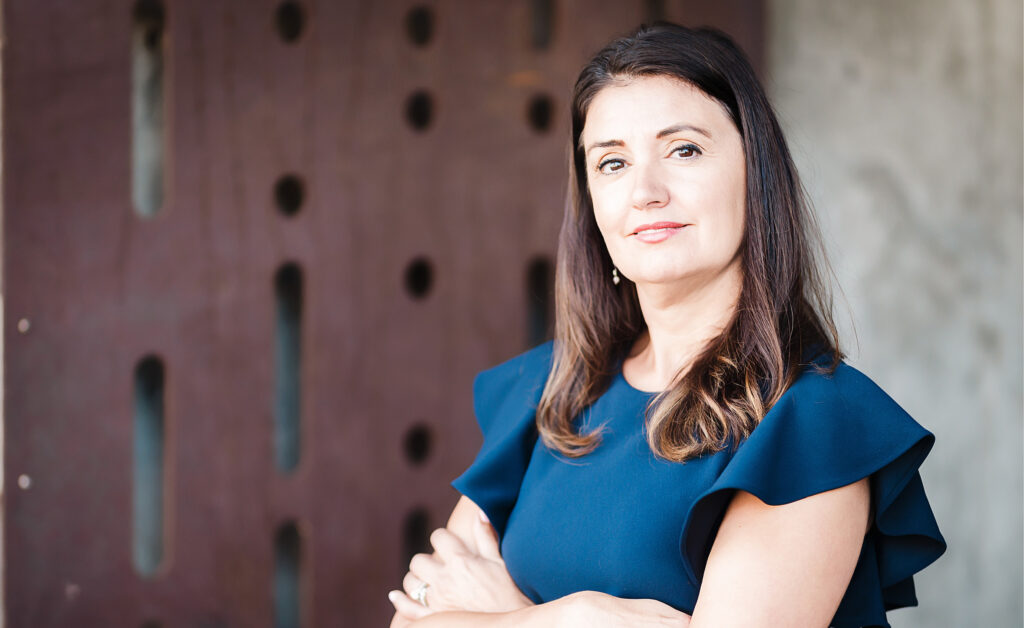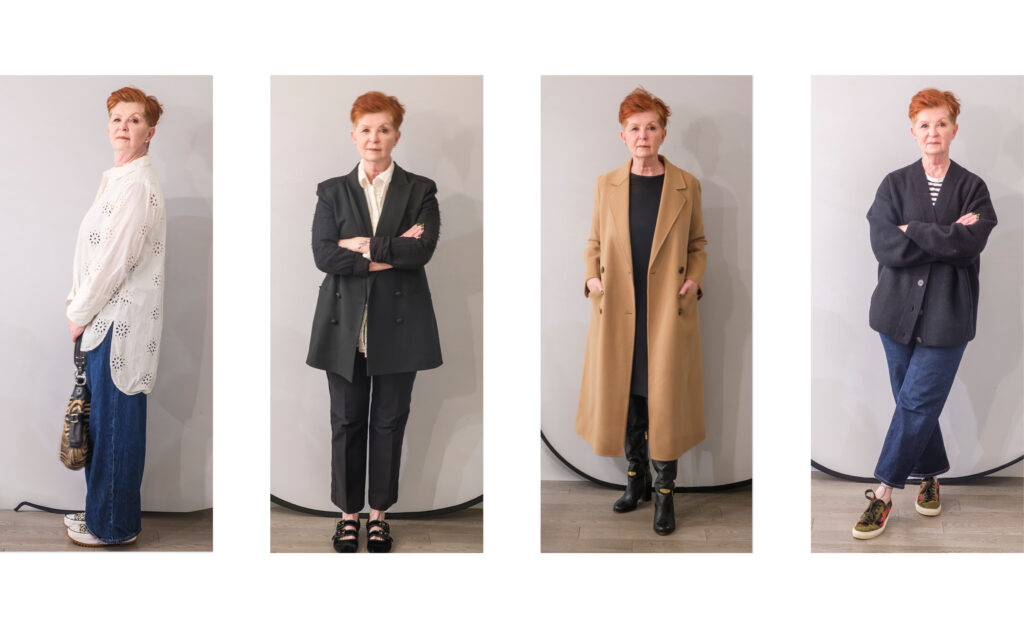– by Suzanne Morphet –
Can culture pave the road to prosperity? The people of Belgium think so and are investing 68 million Euros – that’s almost $100 million – to help their city of Mons rise to the challenge of being Cultural Capital of Europe for 2015.
Canadians better know Mons as the place where British troops fought their first major battle of WW1 and where the Canadian Corp. fought its last battle at war’s end. Memorial tourism has helped bring visitors, but Mons wants to do better economically. Unemployment in the region is one of the highest in the country, approaching 40 percent. Mons is counting on culture.
What would make you take a trip to Belgium next year? Making Mons irresistible has been in the works since 2010, when the city was chosen as one of two cultural capitals for 2015 (the other one is Pilsen, Czech Republic). That means a new railway station (designed by Santiago Calatrava, the same architect responsible for the new World Trade Centre Transportation Hub in NYC), five new museums, festivals of music, theatre, cinema and dance, and an avalanche of art and exhibitions indoors and out throughout the year.
In the process Mons is bringing back its cultural icons including Rolandus Lassus, the 16th century composer who put the city on the map of Europe during the Renaissance, and Paul Verlaine, the celebrated French poet who was imprisoned in Mons in 1873 for shooting his lover.
But perhaps the biggest gun in Mons’ cultural closet is none other than Vincent Van Gogh. The man who would become one of the greatest names in art spent almost two years near Mons, years that influenced his later work as an artist and even propelled him to become one.
Van Gogh came to the coal-mining area known as the Borinage in 1878 to work as a pastor. He was passionate about helping the poor and sharing the Gospel, even to the point of giving away his clothes and dressing in rags. But when his six-month contract wasn’t renewed – church leaders found his behaviour bizarre – he decided to become an artist.
A new exhibit ‘Van Gogh in the Borinage: The Birth of an Artist’ will run from January 25 to May 17 at Mons’ Musée des Beaux-Arts and will include some 70 paintings from various international collections, as well as seven original and rarely loaned letters from the artist.
When I visited Mons in October for a preview, I toured Van Gogh’s old neighbourhood with a local historian. I peered inside one of his former homes (it’s being restored for use as an artist’s retreat) and cringed when told that the drawings he made here each evening were used to start the fire the next morning.
I stood over the mine shaft where he descended 700 metres underground so he could better understand the dangerous and dirty lives of miners, and I listened to the current pastor at the local church describe Van Gogh’s intangible legacy – a spiritual community.
I marvelled at the enormous slag heaps left behind by coal mining, now covered in trees, where Van Gogh would help pregnant women dig out small chunks of coal to take home to burn.
From coal to culture, Mons is quite a trip, both in time and place.
For more information see http://www.mons2015.eu/en




